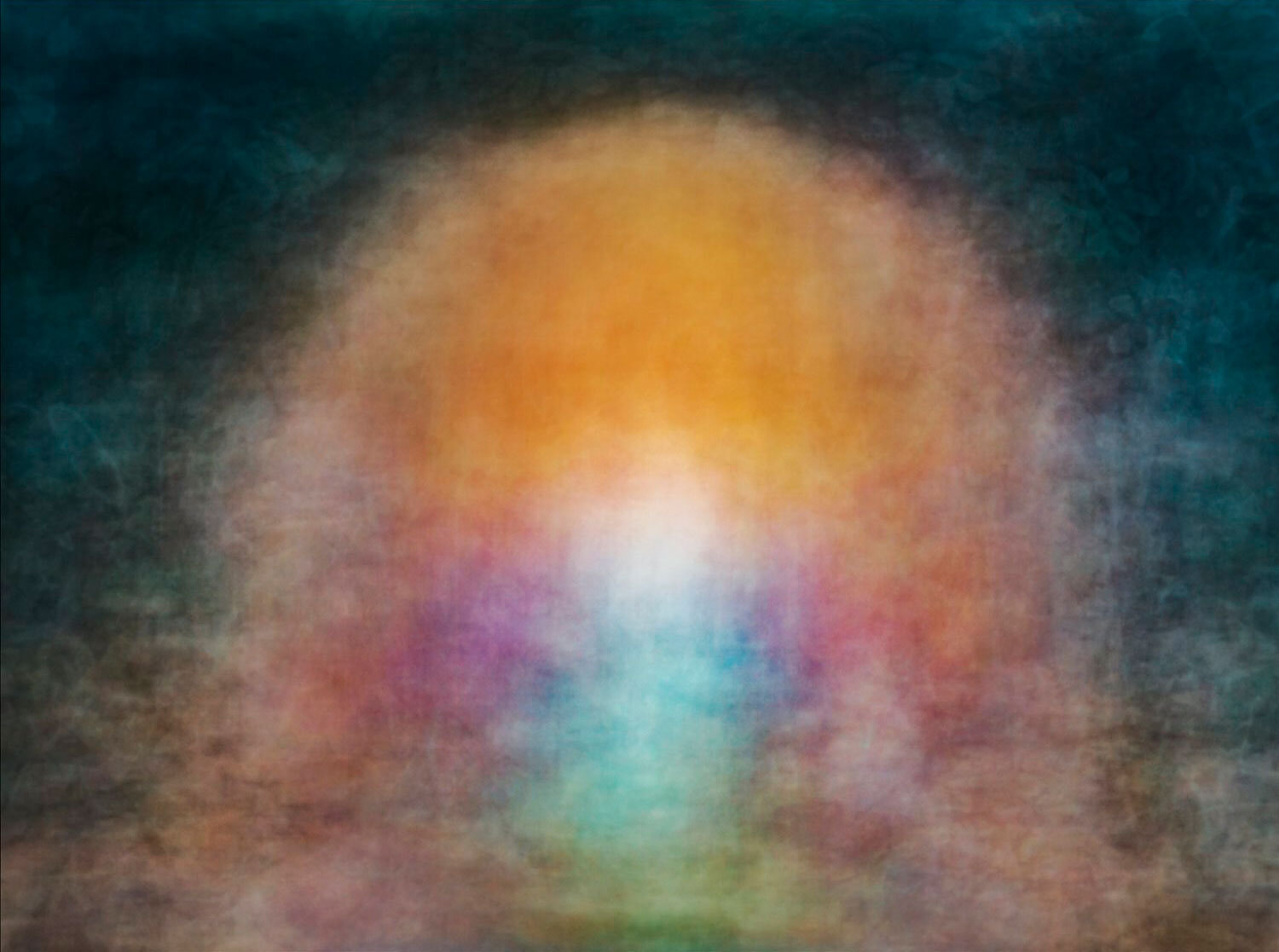Project 3: The Sediments of Time
Life unfolds as a continuum of events in time. A single snapshot, be it a photo, a painting, or a sculpture, may capture a particular event vividly, but it is not straightforward to render a dynamic process in a single image. Both neuroscientists and artists have devised special techniques to crystalize a prolonged process into a single picture.
Science Work
Neurons process and transmit information by firing electrical spikes called action potentials. To decipher how the brain works, we would ideally record all such electrical activities of each neuron continuously. This lofty goal is still beyond the reach of current technology. Taking a step back, neuroscientists have come up with clever ways – either by leveraging biological processes or via protein engineering – to condense the history of neuronal activities into single-snapshot readouts.
When neurons are activated, the so-called immediate-early genes are turned on transiently. Therefore, if a neuron has a high level of the protein products of such genes, it is likely to have been active recently. Figure 1 shows an example of mouse brain neurons activated by a single session of stress as revealed by staining the protein product of an immediate-early gene called c-Fos. Clearly, stress activates a lot of neurons!
Neuronal activity is also accompanied by an influx of calcium ions into the cell. Recently, researchers have engineered a fluorescent protein called CaMPARI, which changes color from green to red as it binds to calcium. The more active the neuron is, the more calcium ions flow in, and the redder the neuron becomes. Figure 2 shows how the zebrafish brain labeled with CaMPARI changes color under different conditions. For example, the anesthetized brain is quiet; swimming activates certain brain regions; seizure, heat, or cold exposure activates more cells but again with distinct patterns (images courtesy of Dr. Eric Schreiter; see Fosque, B. F. et al., Labeling of active neural circuits in vivo with designed calcium integrators. Science 347: 755–760, 2015).


Artwork
Artmaking is rooted in one of the most innate human desires – to capture and depict histories by images. From cave wall murals, to Chinese calligraphy and ink wash paintings, to the Impressionists’ depictions of light, artists attempt to represent undefinable movement over time – an event, an essence, an emotion – as a single visual image, ultimately with the hope of telling a story that outlasts human life.
As technology progresses, tools to capture these processes become more efficient, immediate, and accessible. Artists thus begin to push the limits of these tools to fulfill the desire of capturing history with a single image. For example, many photographers creatively use long-exposure photography, opening the camera shutter over many seconds, minutes, hours, or even days, to overlay a series of moments in one exposed image. While many details may be blurred out, this technique gives the viewer a holistic view of the process, perhaps bringing out the intrinsic dynamism better than a photograph that presents just a snapshot at a single moment.




